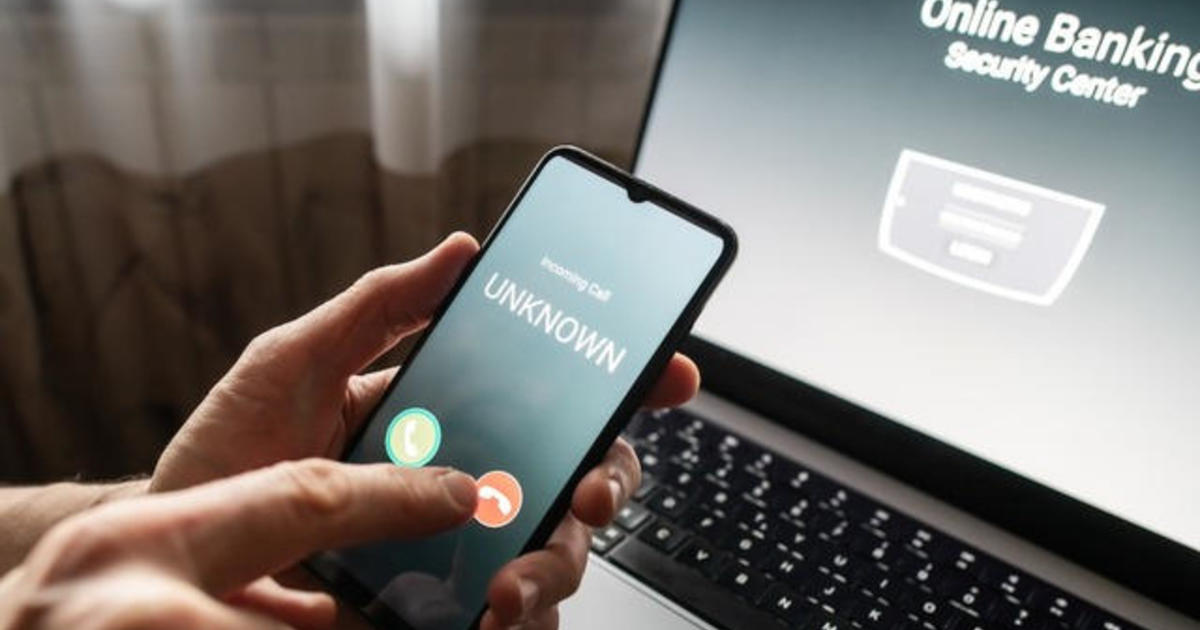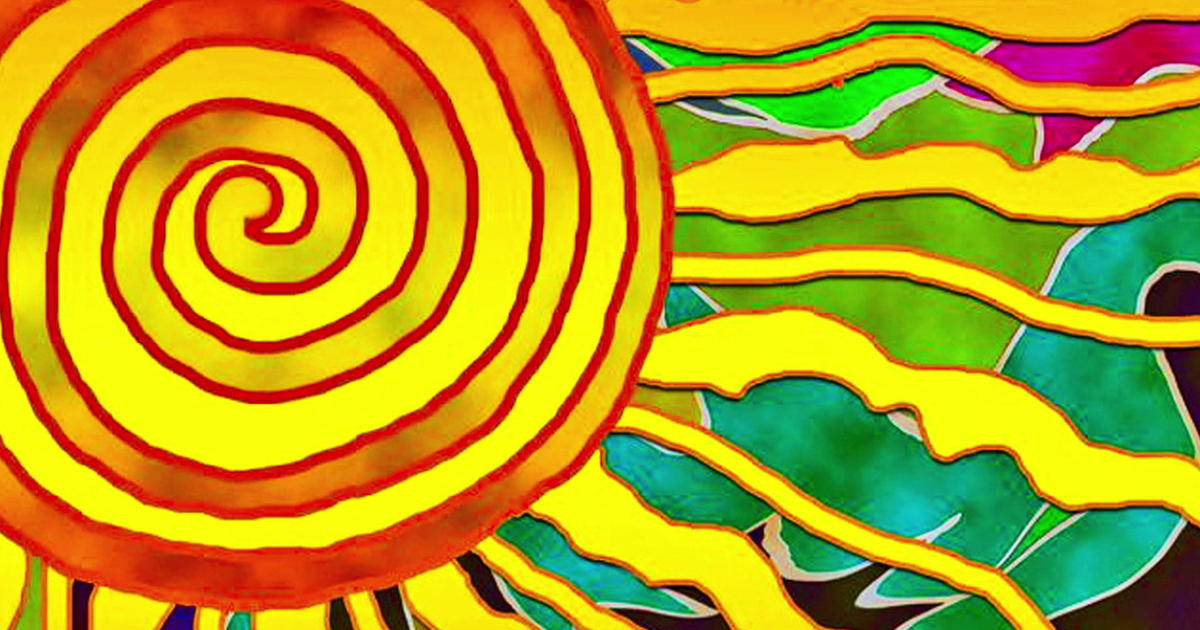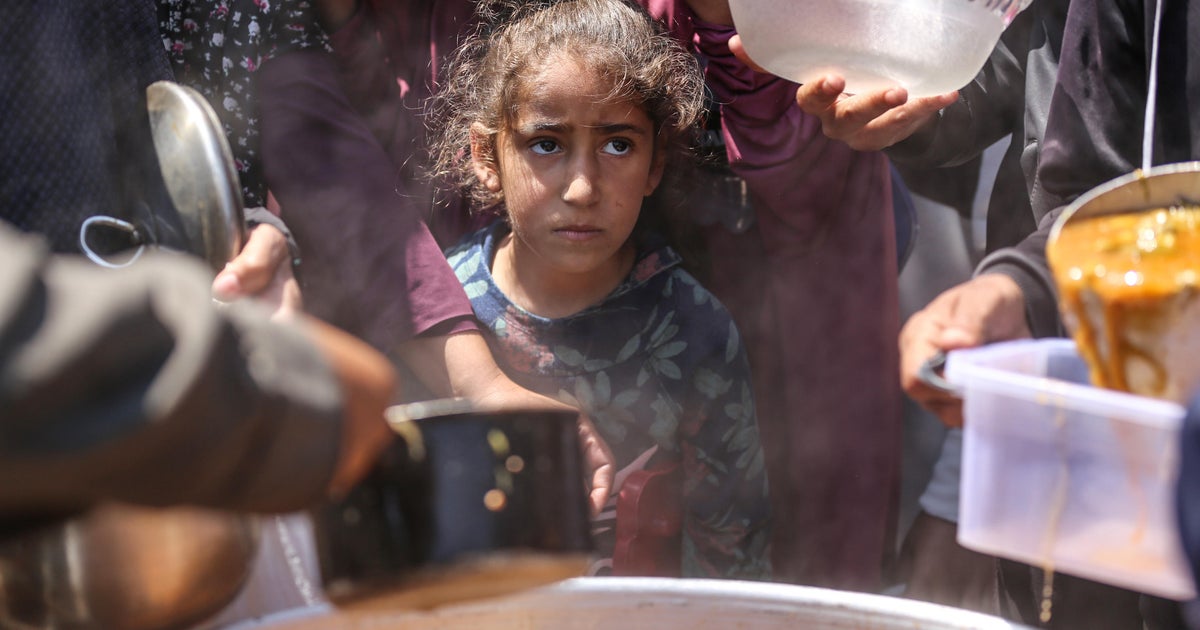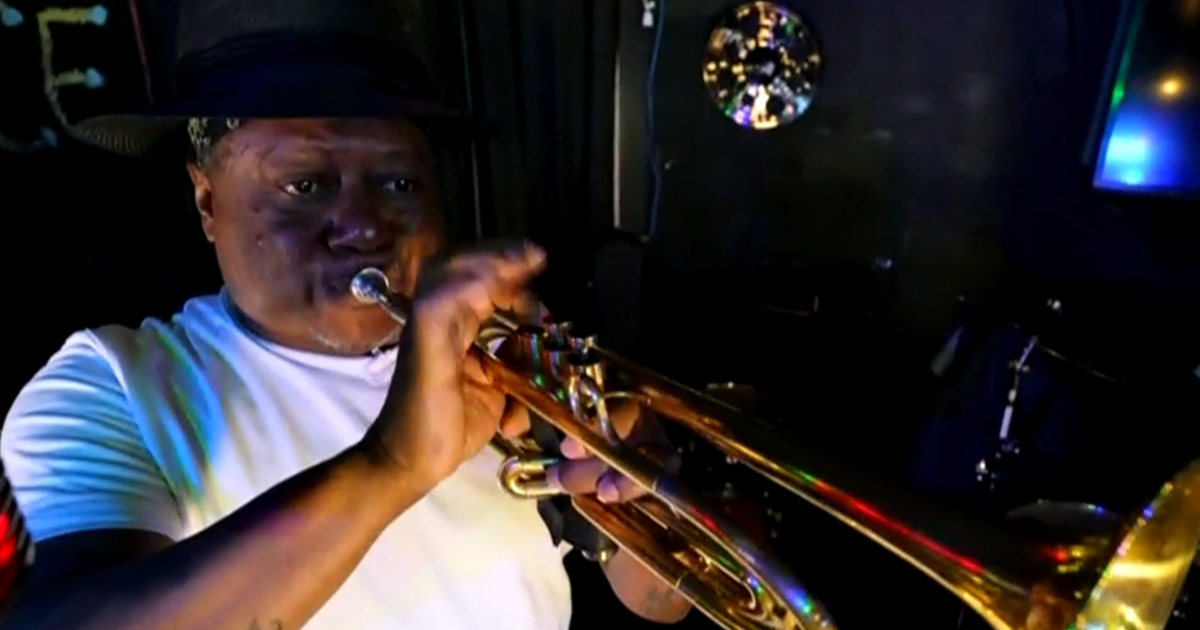Wine detective on a mission to track down counterfeits
This piece originally aired December 10, 2016.
Today, growing worldwide demand has encouraged far more fraud in the wine world. That’s created a whole new line of work for those with a keen eye and nose for a bogus bottle, reports CBS News correspondent Jonathan Vigliotti.
London’s Berry Bros. wine shop is older than the United States of America – 319 years old to be exact.
The inside looks like a library, with some wines on the shelves as old as literary classics. Prices easily reach thousands of dollars. It’s liquid currency, and counterfeits are crashing in.
That’s where Phillip Moulin steps in.
“How many bottles are here in this warehouse?” Vigliotti asked at the Berry Bros. wine warehouse outside London.
“In this warehouse, we have approaching three million,” Moulin said.
As wine authenticator, it’s his job to make sure every bottle is as the label on it says it to be.
And as he explained to Vigliotti, looks can often be deceiving.
“How often does a counterfeit bottle cross your eyes?” Vigliotti asked.
“Thankfully rarely, but the thing is when it does, it’s very often really high value,” Moulin said.
In fact, the $15 billion fine wine industry is a juicy target for counterfeiters.
In 2013, a French newspaper claimed as much as 20 percent of Bordeaux and Burgundys were frauds.
In China, where the luxury wine market has exploded in recent years, tens of thousands of bottles of fake famous wines have been confiscated by police and destroyed.
Moulin’s role is to spot fakes before they enter the company’s warehouse shelves and potentially damage the company’s perfect reputation, looking for red flags.
“So does the parcel look right? Does the label look right? Does the actual paper of the label look correct? And is it correct for its age? If you have enough red flags, we know we have a problem,” Moulin said.
Moulin showed one 1961 bottle of Bordeaux, whose every detail was spot on, except for one.
“Where we should have the word ‘imprimé’ for the French word for ‘printed’ in France, they have not only misspelled the word ‘imprimé’ but they have also… missed a letter off from the printing,” Moulin said.
The bottle is believed to be the handiwork of Rudy Kurniawan -- the master counterfeiter who in 2011 was sentenced to 10 years in prison for selling over $50 million of fake wine bottled in his California home.
Among his victims was billionaire William Koch, who in 2005 discovered 211 bottles he purchased were worthless.
Scams like that have led winemakers to outfit their newer bottles with special labels.
“Look at those. See the sparkly bits on the back?” Moulin said.
Like money, a blue light and a magnifying glass reveal clues, from shiny specks to even words invisible to the naked eye.
The owners of one bottle labeled it with their sons’ names – William and George – as a tribute and an anti-counterfeiting measure.
“To replicate a label like that with such fine print is incredibly difficult to do,” Moulin said.
The bottles are also crucial. After Berry Bros. exclusive wine tastings, empty bottles of priceless vintages are smashed in case a fraudster pulls one from the garbage to reuse or sell on eBay.
When a wine is suspect, the final step is to send it to a Bordeaux laboratory, where physicist Philippe Hubert tests it using gamma rays to date the carbon inside. It’s the same lab that delivered the bad news to William Koch about his collectors’ vintage.
But for the everyday battle, winemakers and collectors rely on experts like Philip Moulin and his team as the first line of defense against the fraudsters.
So far Moulin believes the lines are holding.



